The Stone Wall at Fredericksburg
Introduction
Text-to-speech Audio
Images
The Sunken Road behind the Stone Wall
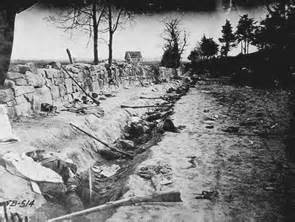
Battle Plans for Fredericksburg (the southern part was the stone wall)
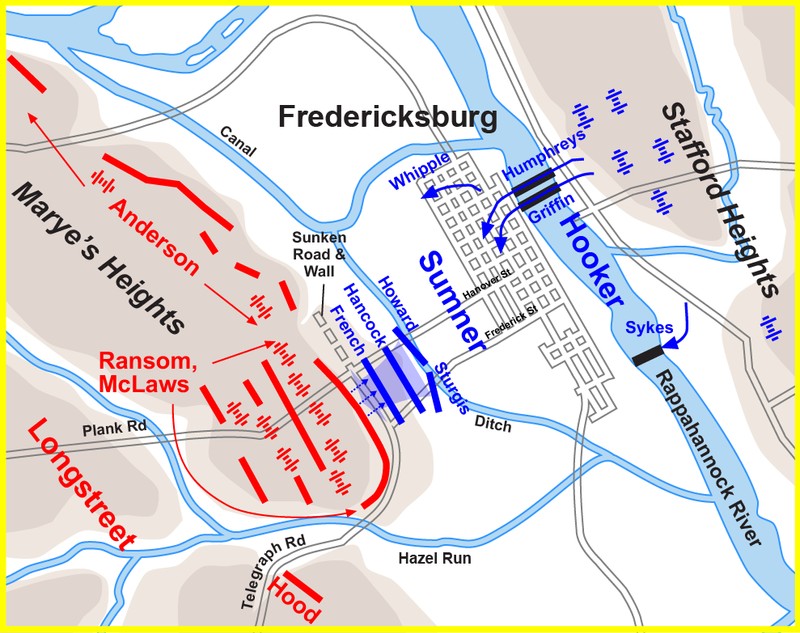
Scene from Gods and Generals depicting Confederate soldiers firing from the stone wall
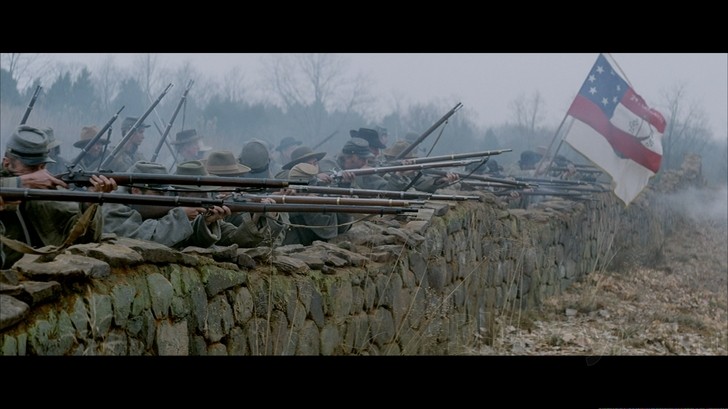
DVD cover for 2003 film, Gods and Generals
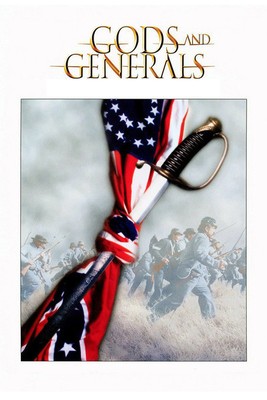
Circa 1860-1865, this photo is of a portion of the grounds the Union had to march, then charge, through in order to reach Confederate lines in the distant center...while under fire from artillery.
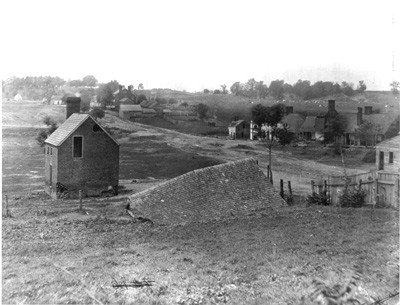
Painting of Confederate soldiers firing from the stone wall
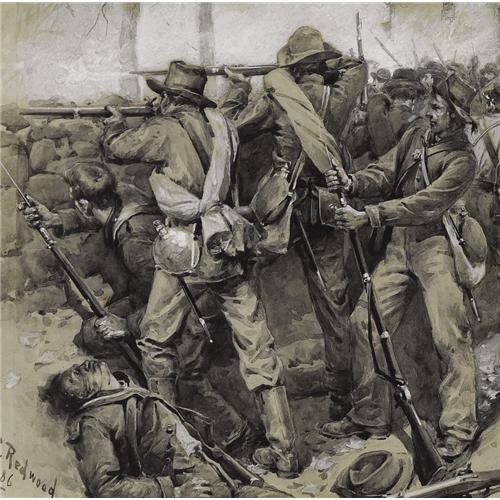
Battle of Fredeircksburg as it would have seen by those behind the Confederate artillery. The house in the center, is the Innis House
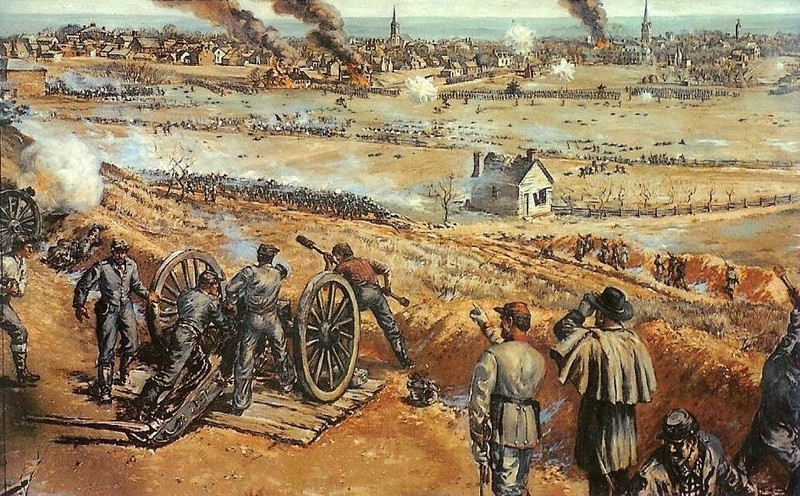
Only original section of the stone wall as it looks today
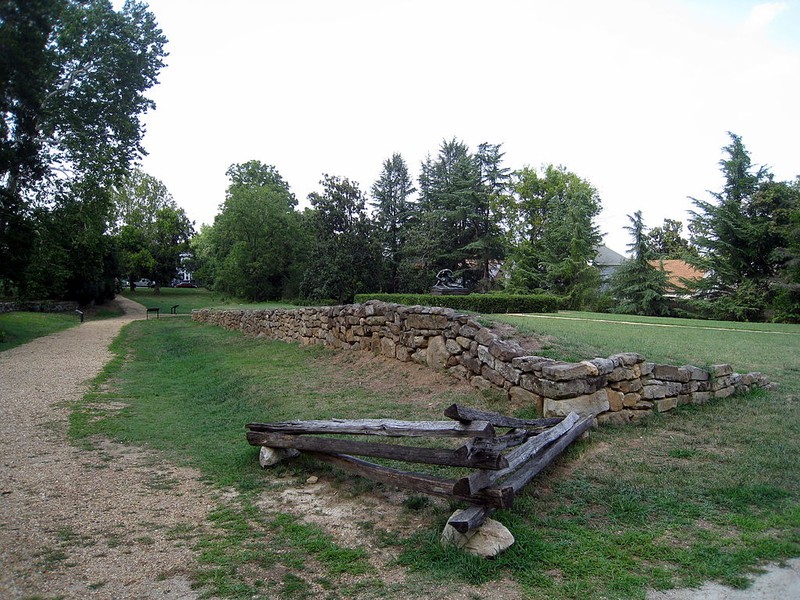
The Innis House. The battle raged all around the house. Damage taken during the battle is still visible today
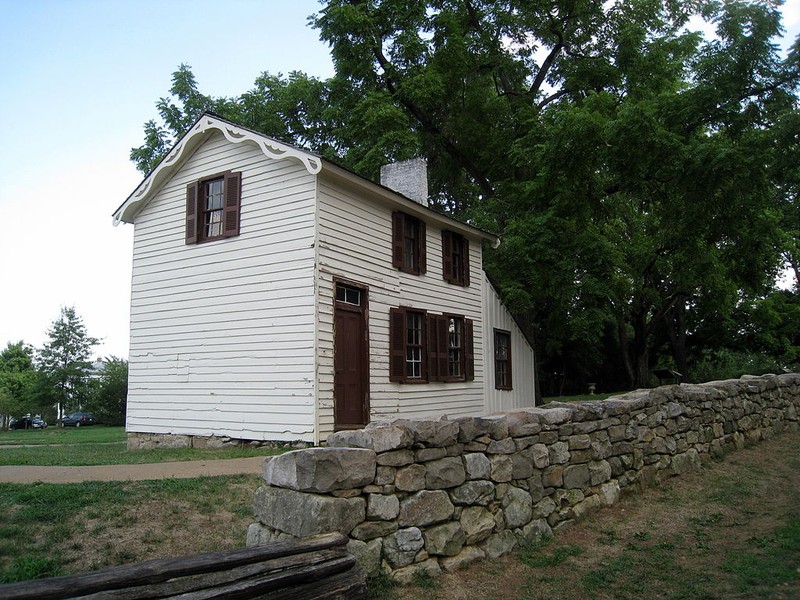
Interior of Innis House. Bullet homes pockmark the walls
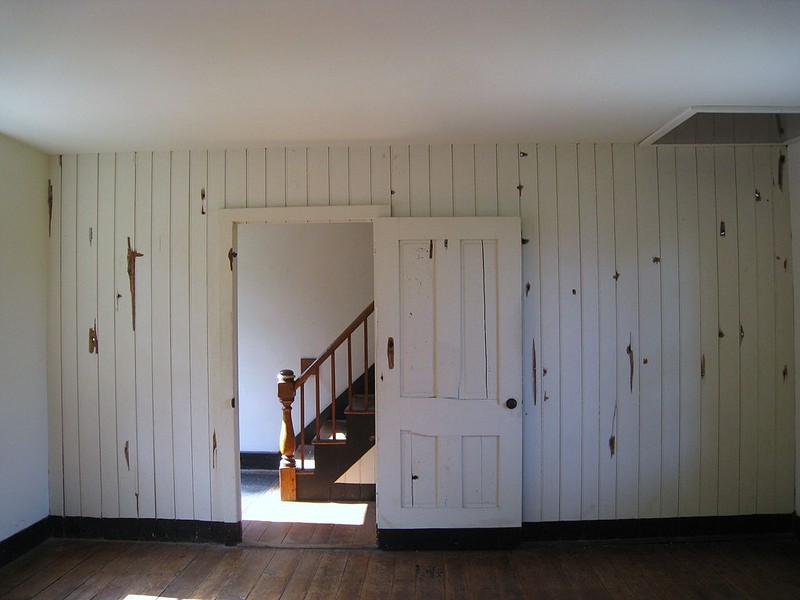
Restored portion of stone wall
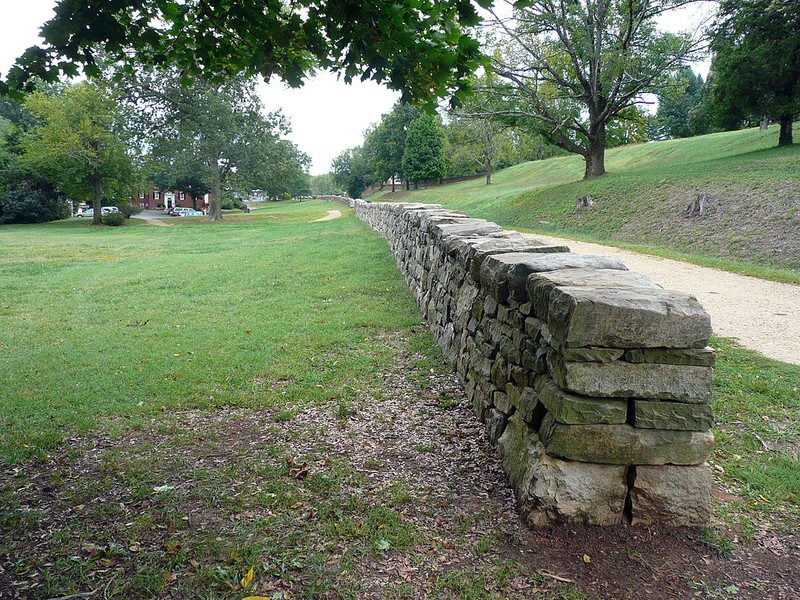
The Marye House, AKA Brompton, taken around the time of the battle
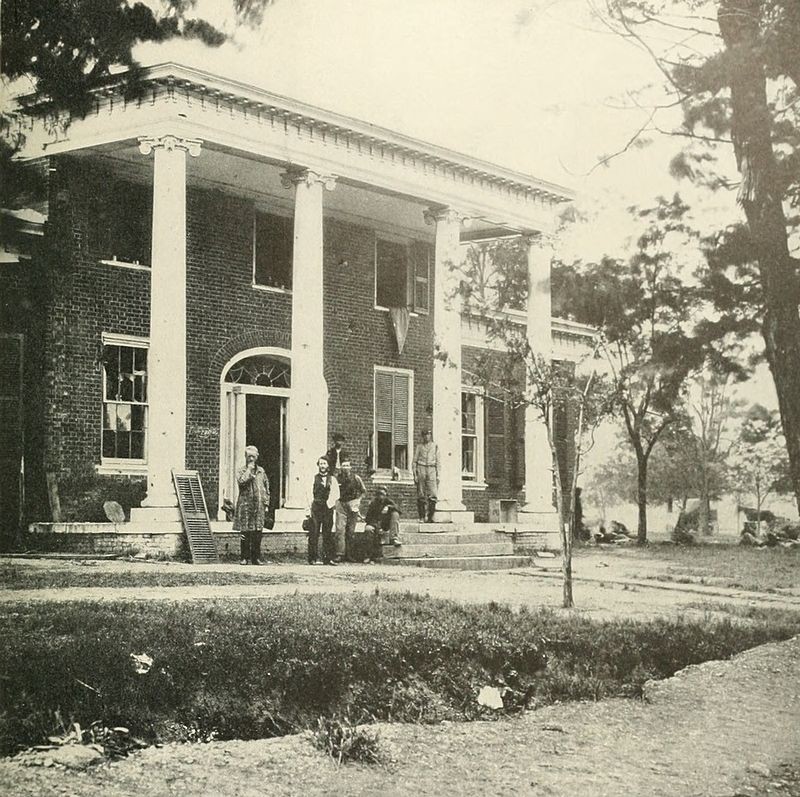
Alfred Waud's sketch of men under Union General Andrew Humphreys charging the stone wall
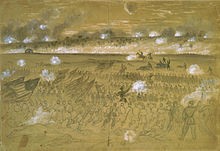
Backstory and Context
Text-to-speech Audio
The fighting started with fixed bayonets on the morning of December 13, the land is similar to what Picketts charge was in fact the Unions battle cry during that was “remember Fredericksburg”. The Union had to cross small canals on a narrow bridge and realign into lines of battle before marching up the land, the land was muddy and slick. As soon as they stepped out from behind the small bluff used to align they were under constant fire from the Confederates batteries on Maryse heights under the command of Lt. Col. Edward Porter Alexander. The first charge was cut down around 125 yards from the stone wall, some soldiers did make it closer but were cut down before they could breach the wall.
The Union charged 6 times on the day of December 13 all met the same fate as the first, death and carnage and failure. After each repulse of the Union attack General Longstreet reinforced his lines behind the stone wall when at the peak of the battle had 6000 men behind the wall. During the battle there also was fighting between two Irish Brigades, one was Confederates and the other was Union, when the Confederates saw the battle flag of the Irish Brigade from the Union shouts of “Oh God, what a pity, here comes Meaghers fellows”.
General Longstreet at the end of the day of fighting described what he had seen. He talked about the carnage that laid at the foot of Maryse Heights and guessed that 5000 men laid at the stone wall alone along with another 2000 killed by the artillery marching to the wall. The next day when the Union withdrew they piled the bodies up sometimes three high, and he later wrote that the Union deserved that hill if bravery and courage entitled soldiers to victory.